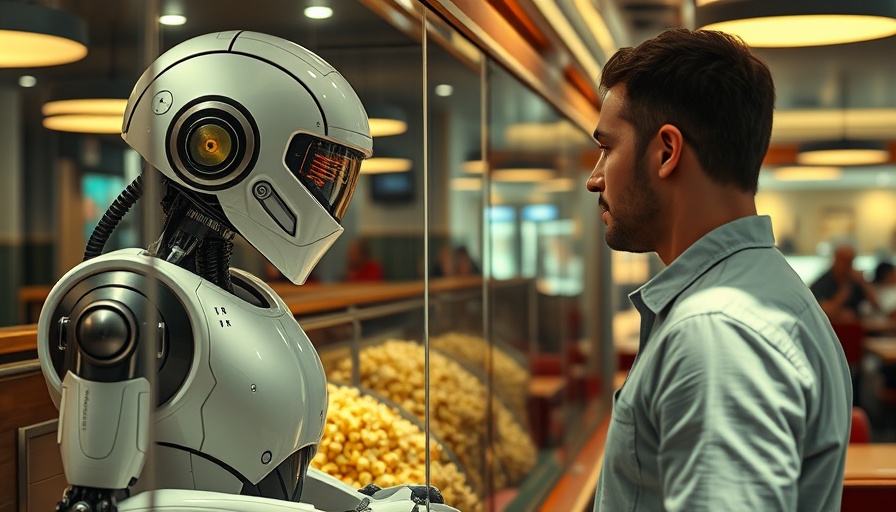
The Silent Killer: Understanding the Global Impact of Extreme Heat
The stark reality of extreme heat waves is dawning upon us—it's killing unprecedented numbers worldwide. As small business owners, understanding this phenomenon is crucial, not just for health safety but also for its broader economic impact. An alarming spike of reported fatalities, especially among vulnerable populations, exemplifies the pressing nature of climate change, which is reshaping our environment and society. With heat waves gripping the United States and much of the globe, awareness and proactive measures become critical in safeguarding our communities and workplaces.
The Human Cost of Heatwaves
Every summer, the extreme heat is becoming increasingly lethal. In urban areas like New York City, estimates suggest that heat-related deaths exceed 500 annually, showing an upward trend linked to climate change. Vulnerable populations, particularly the elderly and low-income communities, find themselves disproportionately affected. As small business owners, it's essential to consider how these trends can impact your workforce and customers, particularly those who may struggle with heat stress. Monitoring the health of employees during heat waves will not only ensure their safety but can also contribute to maintaining productivity levels within your business.
Global Patterns of Heat-Related Failures
Data collected shows that while the United States is experiencing a dreadful heat wave, areas across Europe and South Asia face similar dire conditions. A recent analysis in India indicated that government records underestimate the true scale of heat-related deaths due to bureaucratic errors. Understanding these miscounts not only informs more effective response strategies but highlights the need for better data collecting mechanisms that can ultimately aid in disaster preparedness and recovery efforts. By integrating awareness of global heat impacts, small businesses can develop strategies that not only prioritize employee safety but can also influence larger community actions.
Prepare Your Business for Heat-Related Disruptions
With extreme heat impacting power grids significantly, small business owners must prepare for the potential of brownouts, especially during peak operational hours. Implementing energy conservation strategies such as adjusting lighting to more energy-efficient options or offering incentives for employees to work from home during extreme temperatures can mitigate the economic losses resulting from power outages. Additionally, establishing a cooling-off period during intense heat waves and providing employees with hydration resources can promote better health outcomes while keeping your operations running smoothly.
Community Engagement: Building Resilience
In these unprecedented times, fostering a culture of community resilience is vital. Small businesses can play a pivotal role in supporting local outreach to keep the community informed about the dangers of extreme heat. By partnering with local healthcare providers to offer free wellness checks during heat waves, businesses not only show commitment to social responsibility but can foster loyalty among customers. Engaging in community dialogues about managing heat emergencies can also empower businesses to develop proactive measures that ensure collective safety.
Future-Ready Strategies for Sustainability
As we move into a future marked by unpredictable climate patterns, small business owners must adopt sustainable practices that not only protect their businesses but contribute positively to the environment. This involves educating oneself and employees about climate change and its implications. Taking steps towards sustainability, even small ones such as reducing plastic usage or improving energy efficiency, can play an essential role in mitigating the impacts of climate change. Collaborative efforts can enhance our collective well-being and help businesses thrive even in the face of extreme conditions.
As summer heat waves become the norm rather than the exception, it’s crucial for small business owners to stay informed and proactive. Remember that beyond survival, there are significant opportunities to lead in community resilience and sustainability efforts. It’s vital that we treat this issue with the seriousness it deserves—staying prepared can mitigate many of the adverse effects that accompany extreme weather events.
 Add Row
Add Row  Add
Add 




Write A Comment